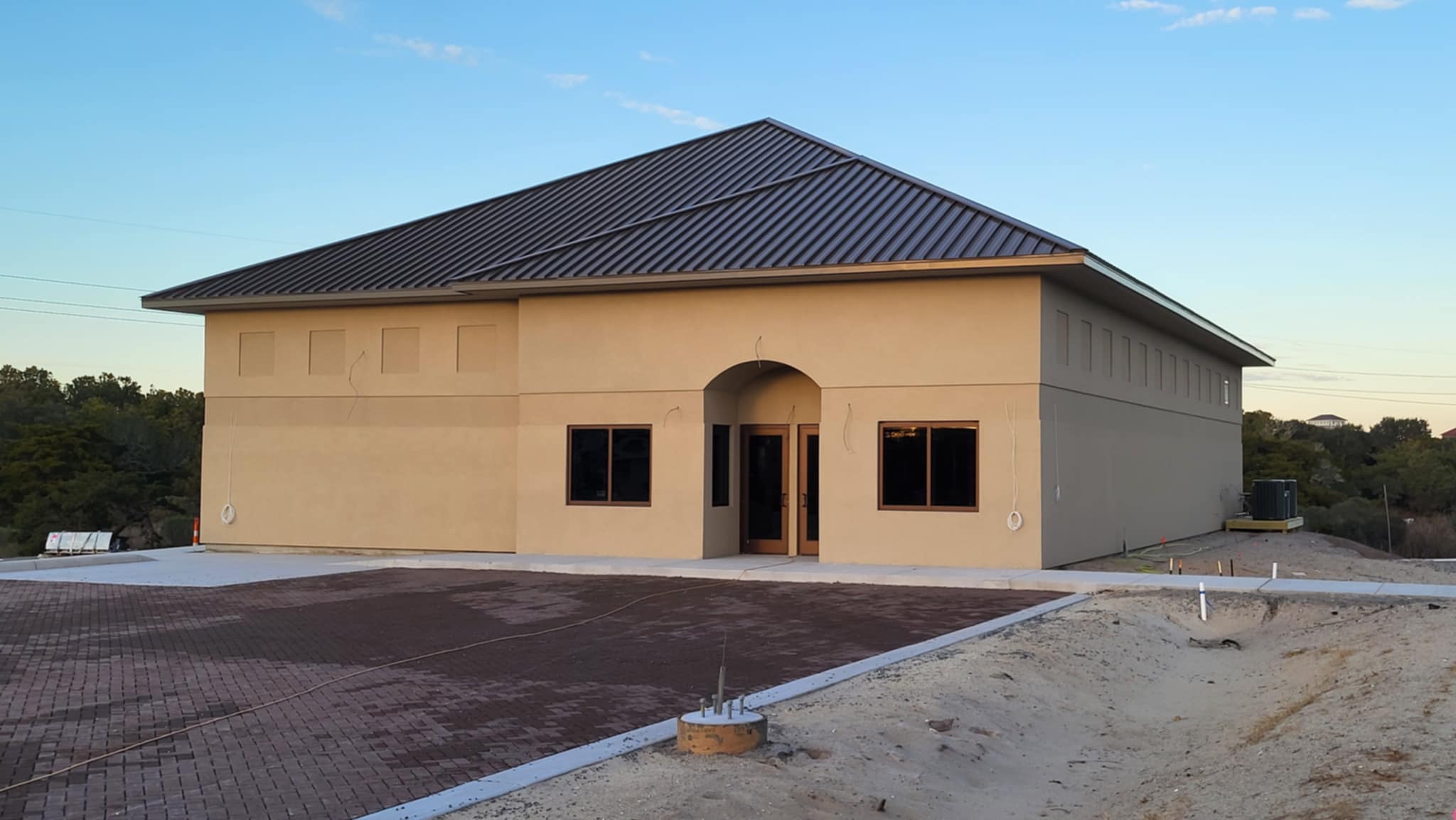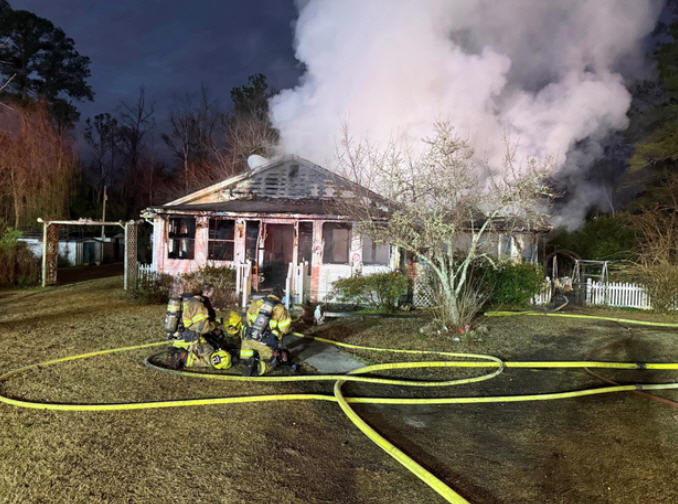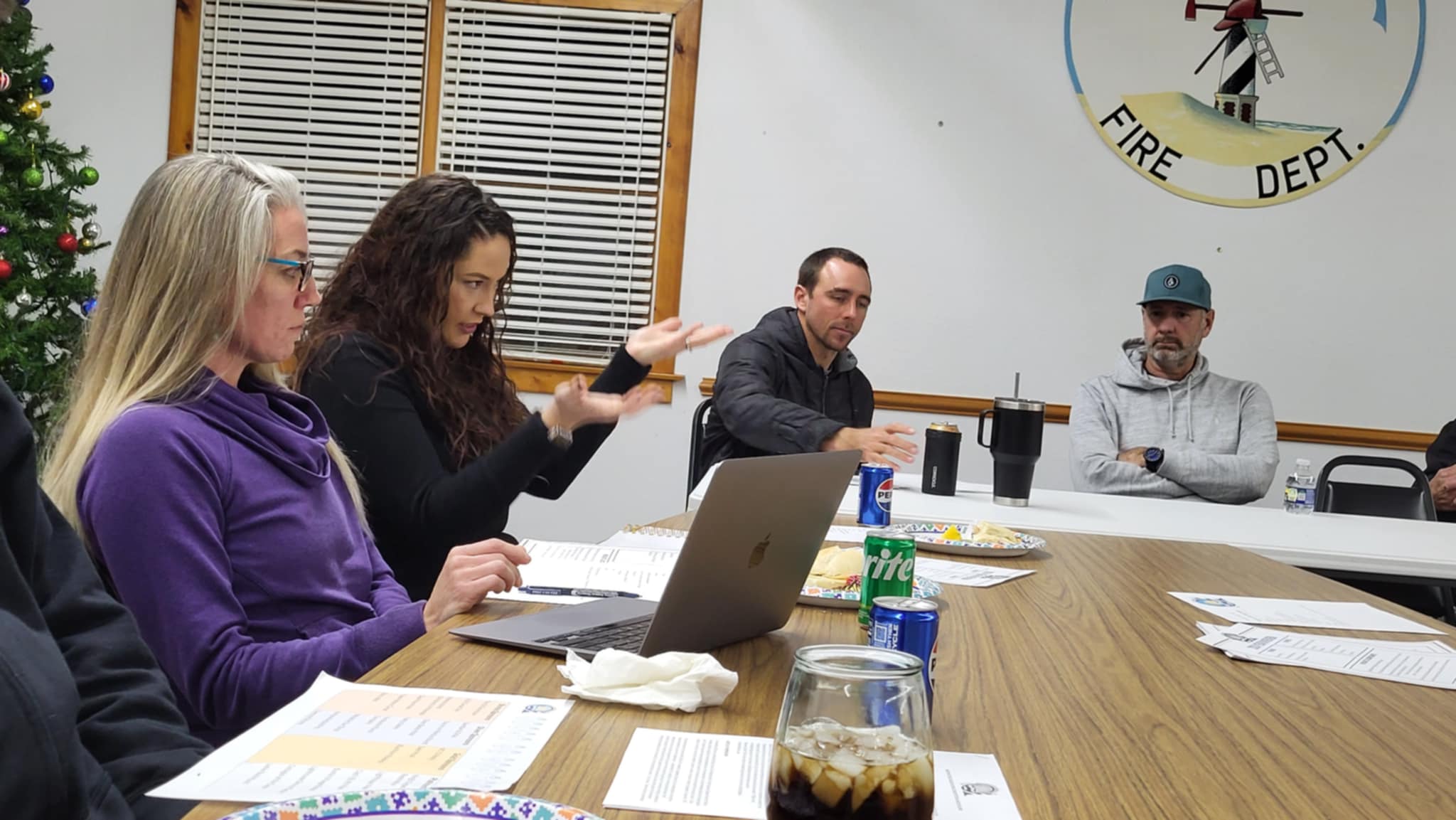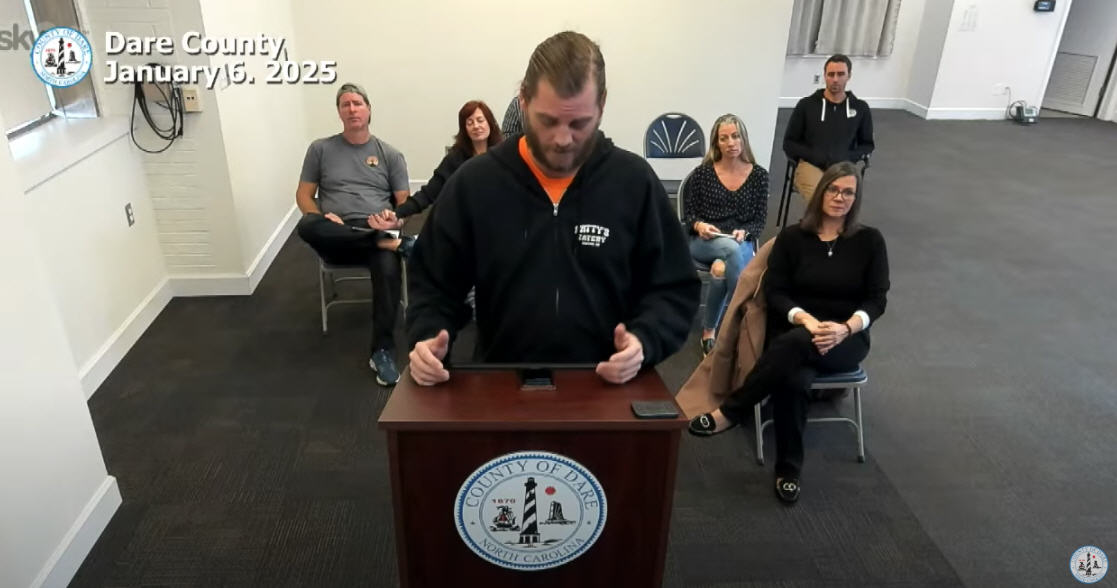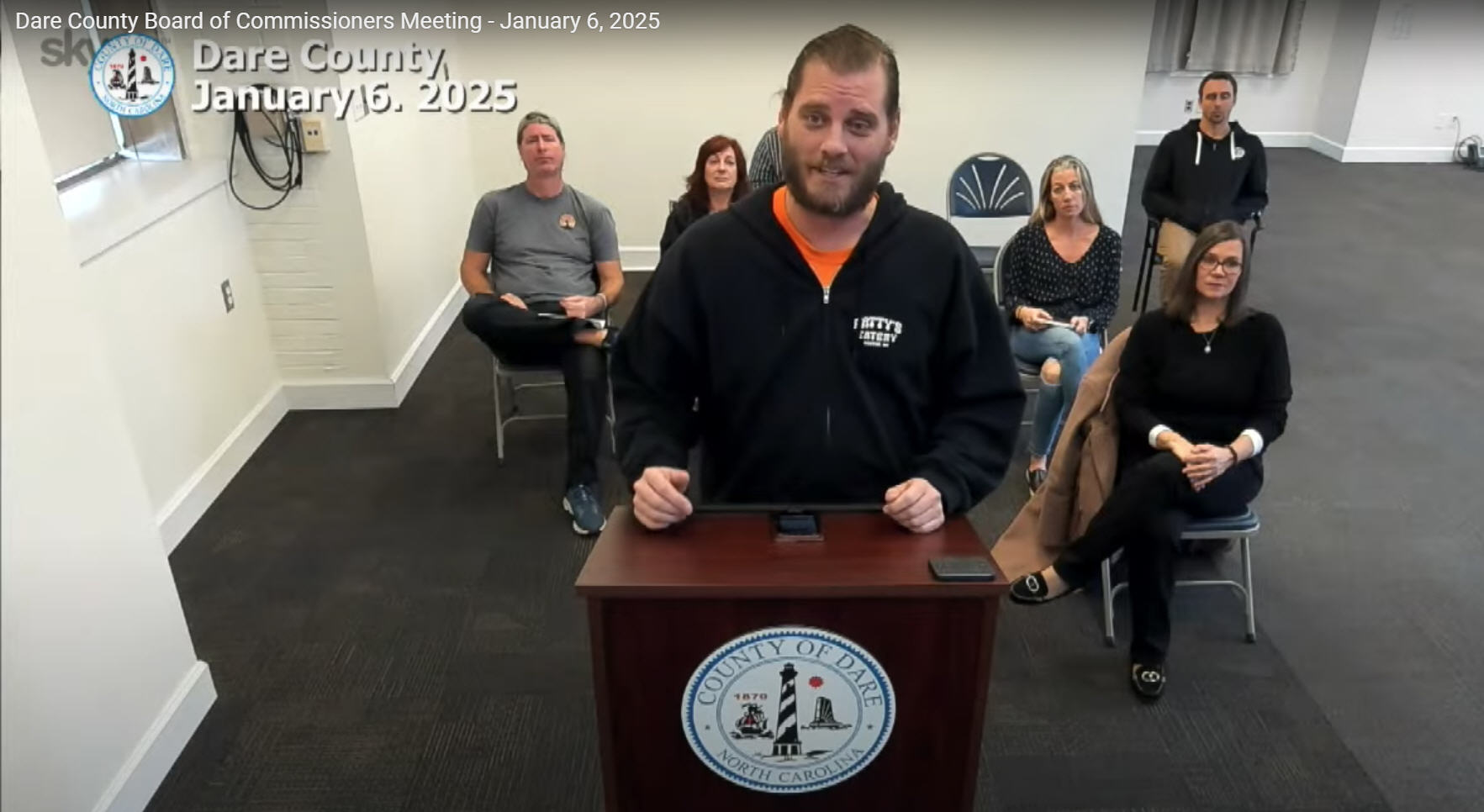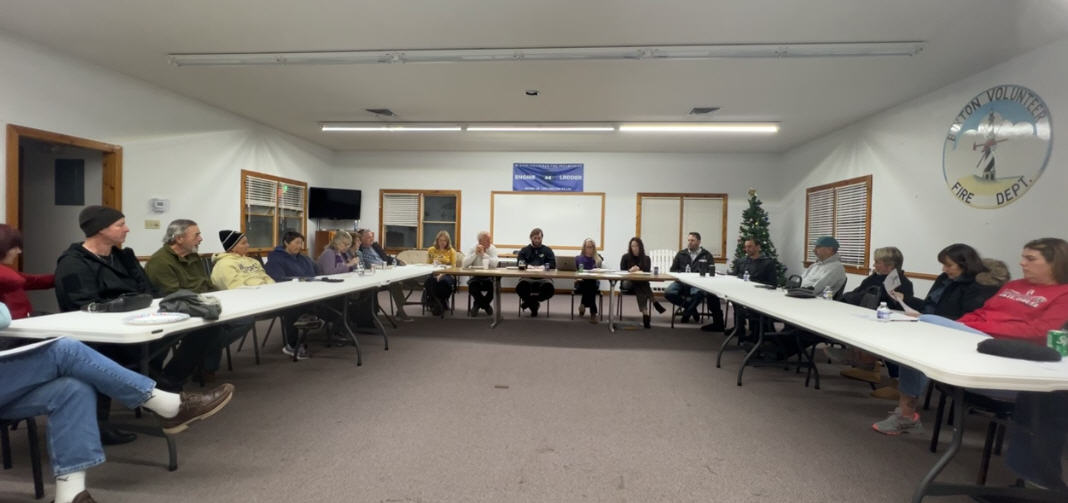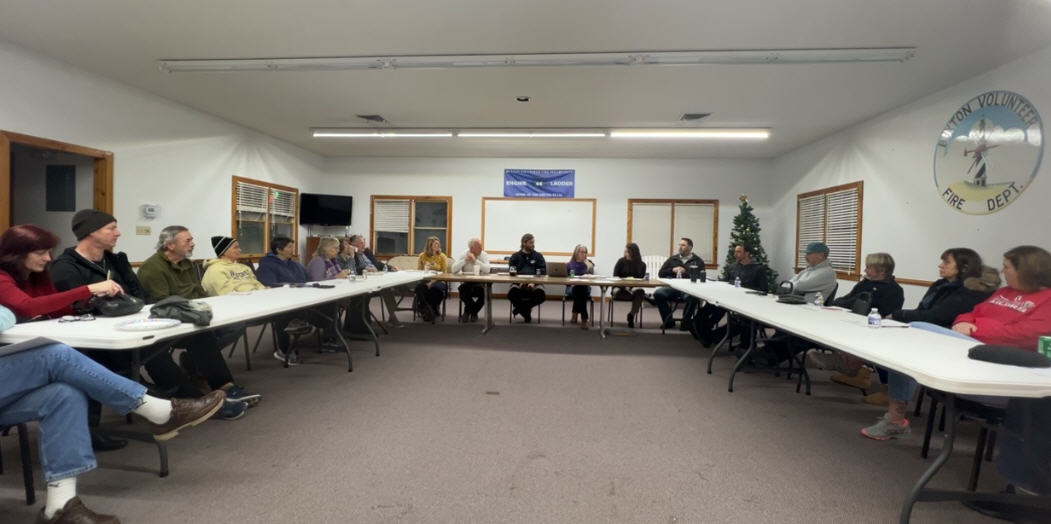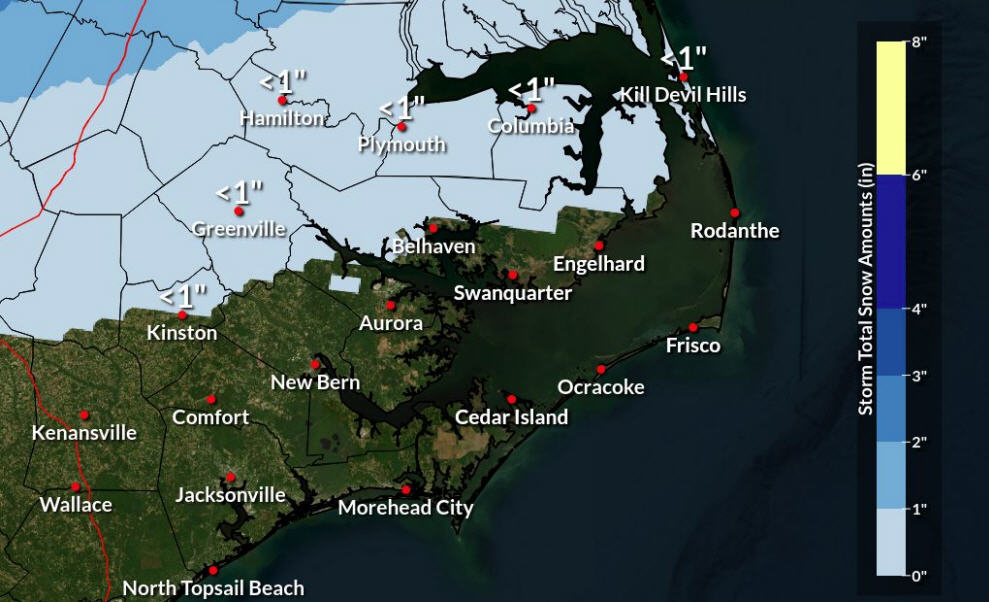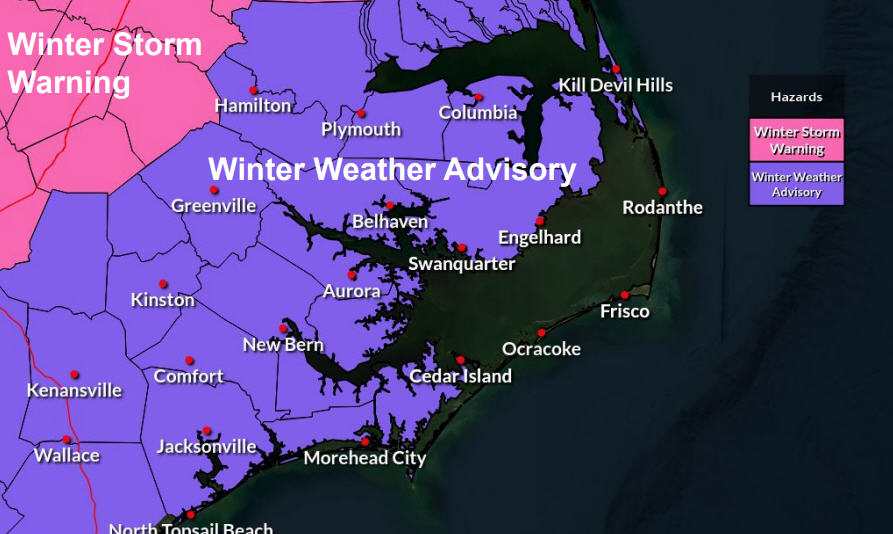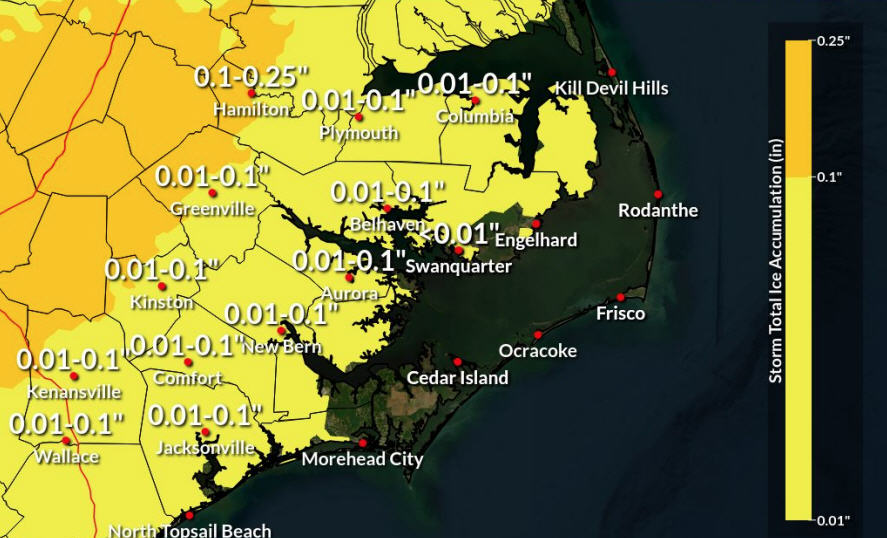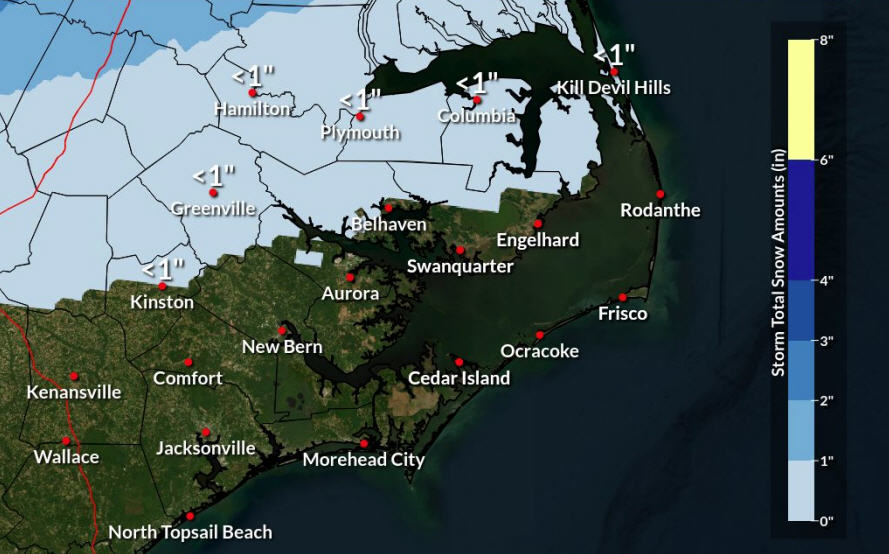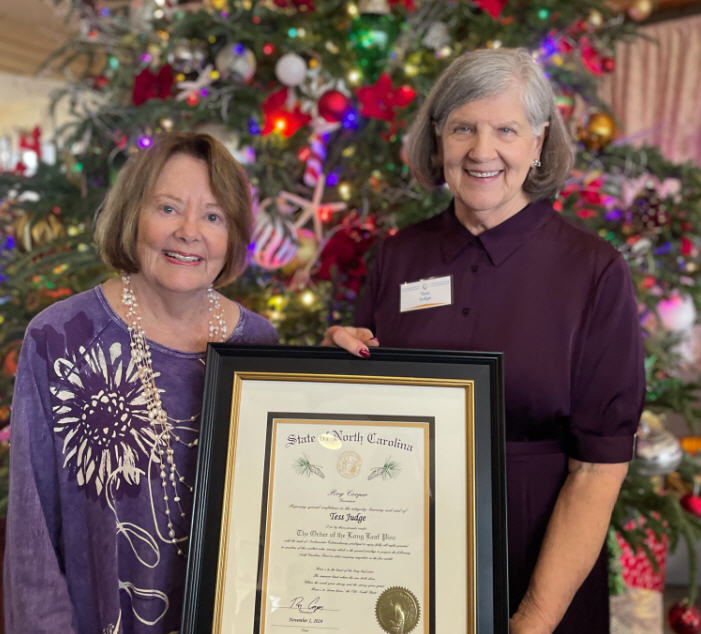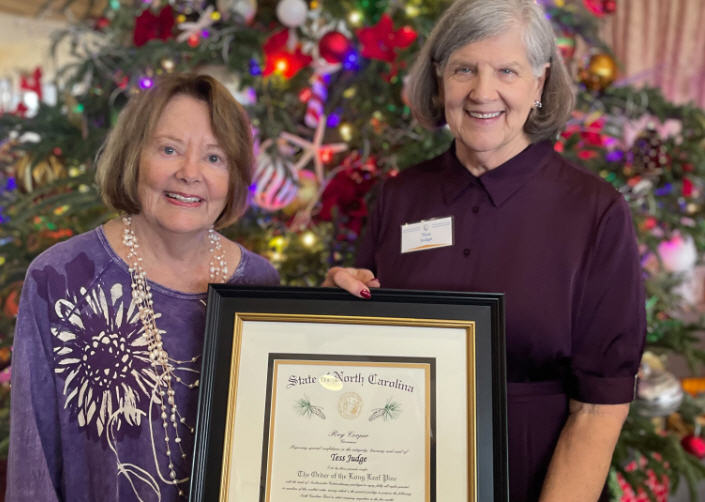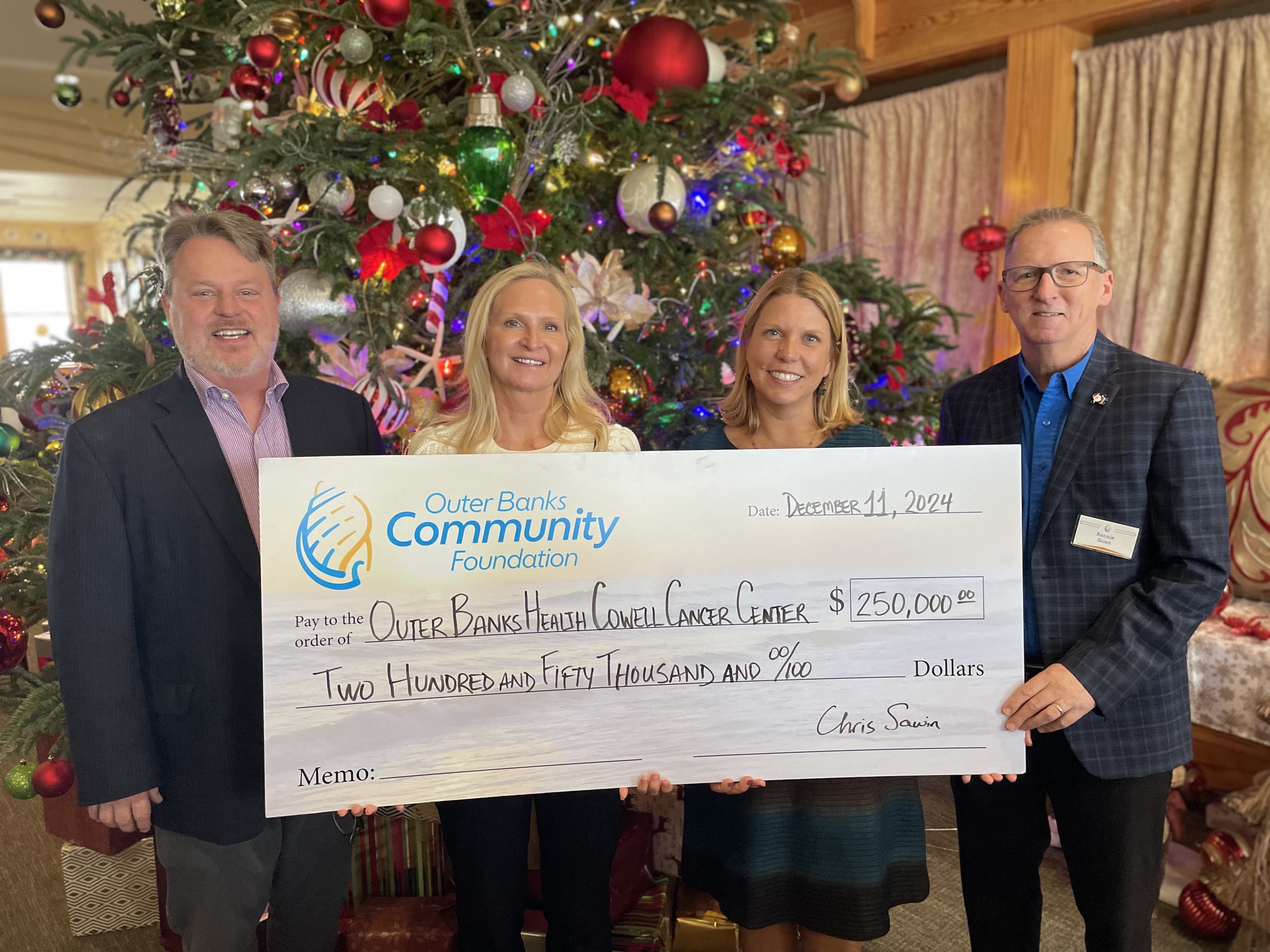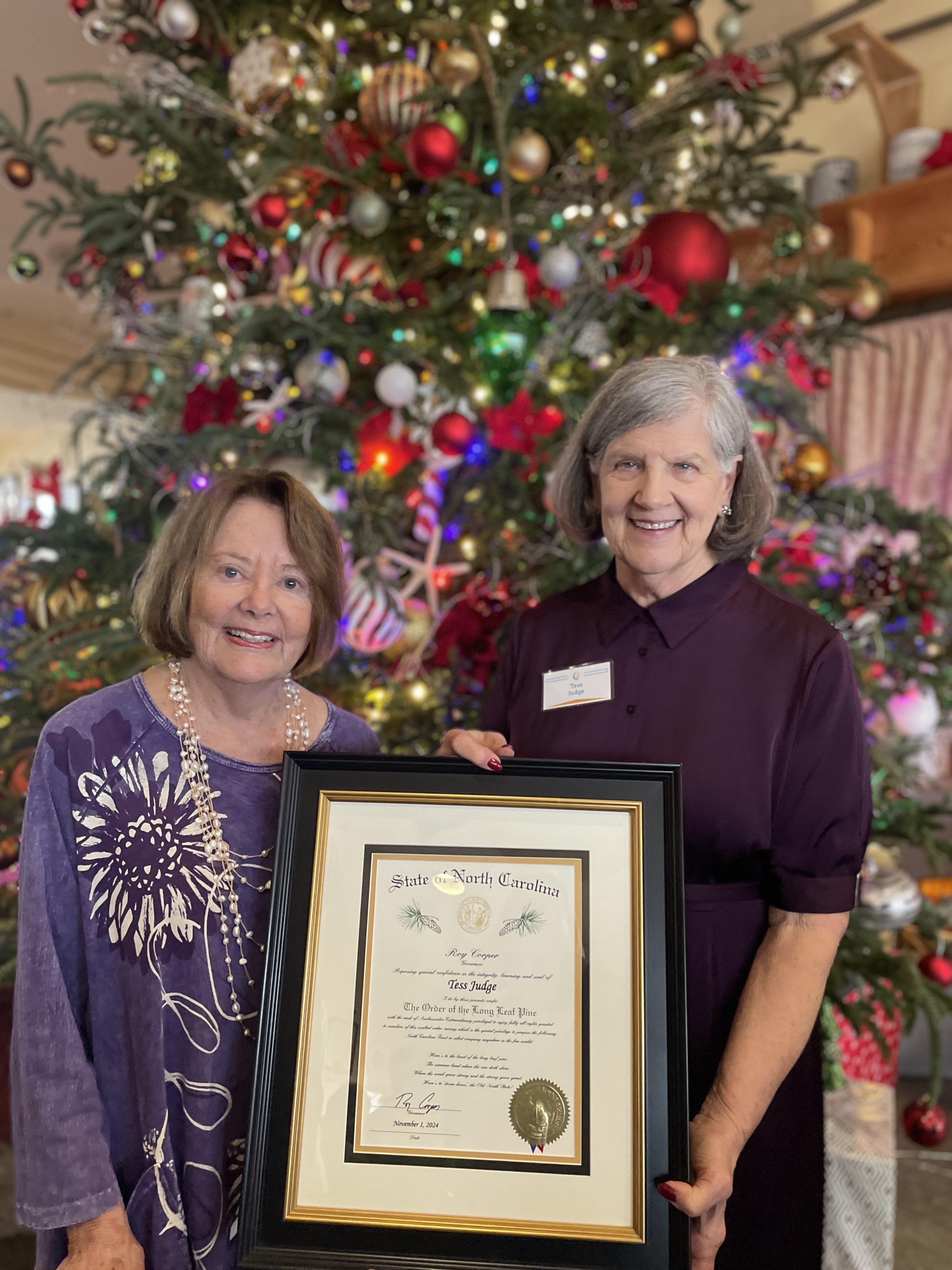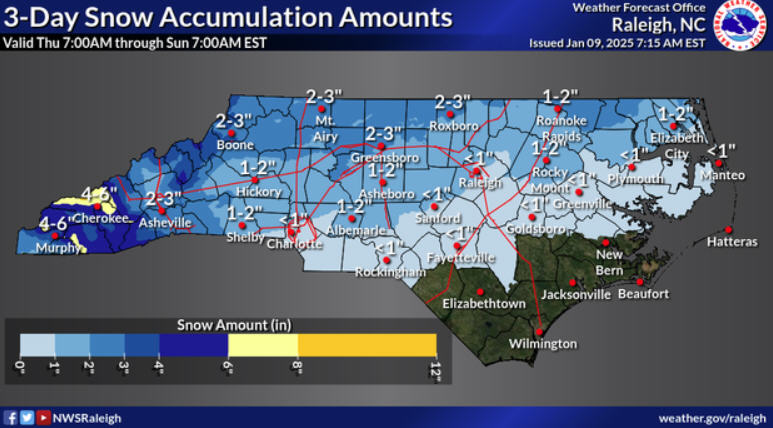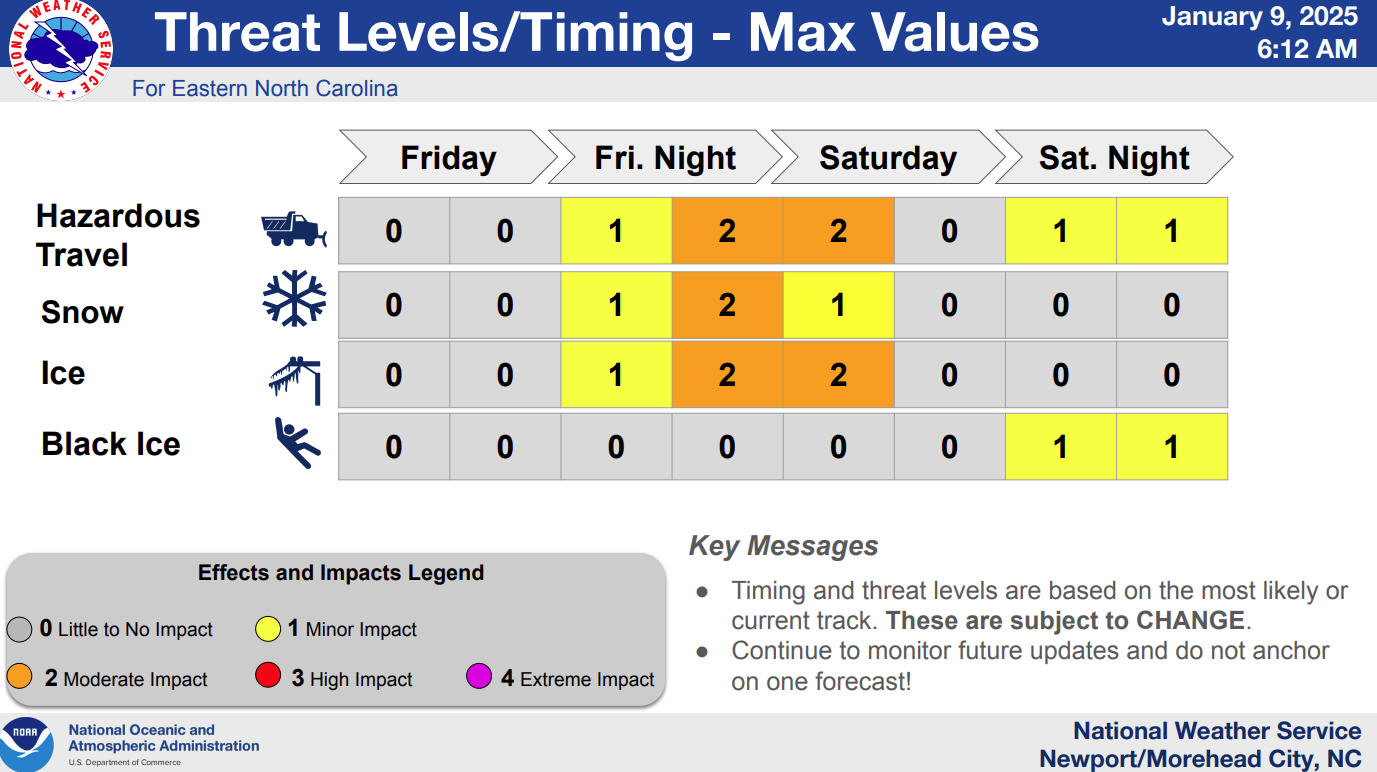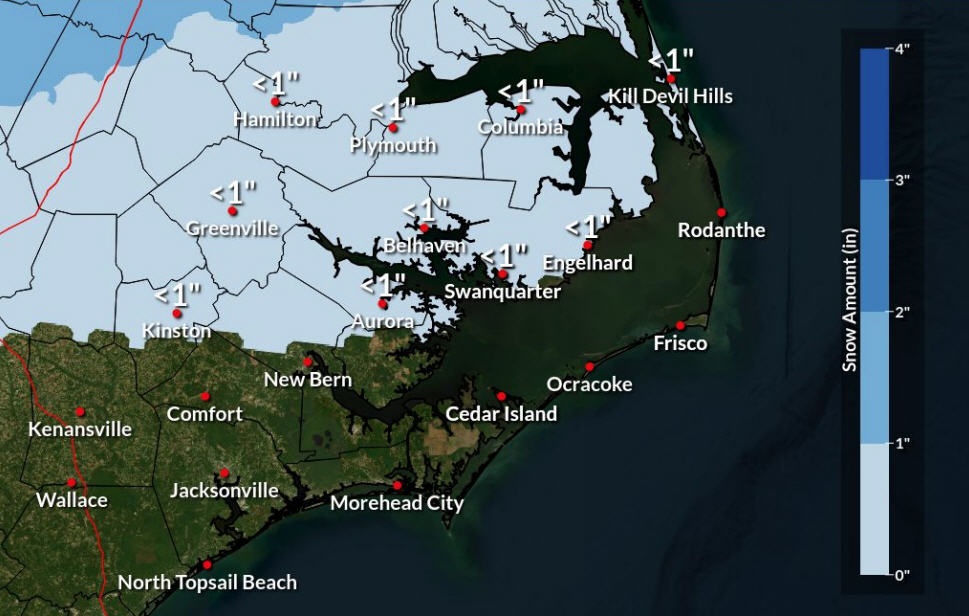UPDATE: Gypsy moth spraying will affect smaller area
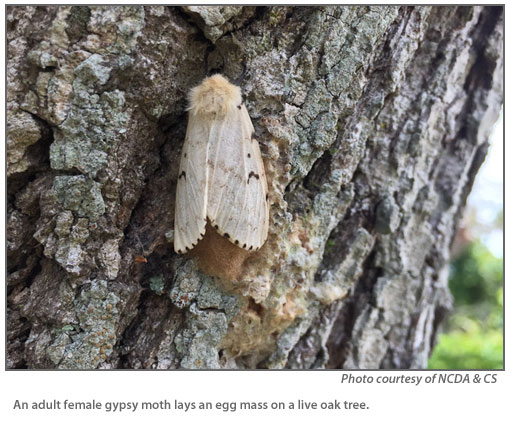
The North Carolina Department of Agriculture and Consumer Services’ Plant Industry Division still plans to spray an area this spring in Buxton that is heavily invested with gypsy moths, but said this week that, because of budget constraints, the area will be smaller.
At one point in the fall, the division had said it would treat about 3,000 acres in Buxton and nearby Frisco. This week, Chris Elder, gypsy moth program manager in the Plant Industry Division, said the area that will be sprayed has been reduced to 1,478 acres.
Last year, the division announced in a letter to property owners and in two public meetings that it planned to eradicate a severe, isolated infestation of the invasive gypsy moth in the Buxton Woods State Reserve area of Buxton and Frisco — an infestation that threatens the maritime forest’s live oak trees with defoliation and eventually death.
“The infestation is intense, but small and very treatable,” said Chris Elder, gypsy moth program manager in the Plant Industry Division.
The division presented information about the problem and presented some ideas for treatment at two public meetings on Sept. 22 and Nov 5.
Elder says the gypsy moth, Lymantria dispar, is an invasive forest pest from Europe and Asia that was first introduced in the U.S. in Massachusetts in 1869. Since then, the moths have been slowly spreading south and west and can be spread via vehicles, trailers, and other outdoor articles.
To the north, much of coastal Virginia is quarantined because of gypsy moth infestations, and the entire state of North Carolina has been surveyed for gypsy moths since 1982. Since then, more than 100 intervention programs have been initiated to either eradicate isolated populations or suppress populations close to the leading edge of the gypsy moth’s advancing front.
One county, Currituck, and a portion of a second county, Dare — generally from Kill Devil Hills north — are currently quarantined for gypsy moths.
This spring, the gypsy moth turned up on Hatteras Island when a property owner notified the NCDA-CS that various stages of the pest has been identified by a pest control company on several live oak trees that had been defoliated on his property near Old Doctor’s Road in Buxton Woods.
Elder says the division confirmed the presence of the gypsy moths and hung numerous green and orange traps on trees and shrubs throughout the island last summer — especially in the Buxton Woods. The traps are designed to capture male moths.
“Unfortunately,” the division said in a letter to landowners, “extremely high male moth catches and the identification of other gypsy moth life stages this summer indicate that a reproducing population is established near Buxton Woods.”
Gypsy moths feed particularly on live oaks on Hatteras Island, and Elder says heavy defoliation was observed on many of the live oaks along Highway 12 in Buxton this spring.
Most of the damage is done by the larval stage of the gypsy moth, which is a caterpillar. When the caterpillars hatch in the spring, they spread out and feed on the leaves. The caterpillars then morph into cocoons, from which the adult moths eventually emerge.
The female gypsy moth, which is flightless, can lay an egg mass composed of between 300 and 1,000 viable eggs, which hatch in the spring and start the life cycle again.
Repeated defoliation by the caterpillars can kill live oaks, which would be devastating to the ecology of the maritime forest. As the division official notes in its letter, it “would result in the radical alteration of this sensitive natural habitat.”
Elder said that the infestation will be treated with ground spraying in the most infested areas and with aerial spraying in a wider area. After consultation with experts, the division has decided to treat the moth infestation with Gypchek.
“Gypchek is a gypsy moth-specific virus product that does not harm people, pets, livestock, or plants,” Elder said in an e-mail this week. “It only affects young gypsy moth caterpillars.”
Elder added that the timing of the treatments depends on the weather, but are expected to take place in early April. There will be two applications about five to10 days apart.
FOR MORE INFORMATION
For more information on gypsy moths, go to the website of the Plant Industry Division, http://www.ncagr.gov/plantindustry/Plant/entomology/GM.htm.
For questions, e-mail Chris Elder, gypsy moth program manager in the Plant Industry Division, at chris.elder@ncagr.gov.
RELATED ARTICLES
State agency plans second meeting to update gypsy moth plan
State agency sets meeting on severe gypsy moth infestation in Buxton Woods






